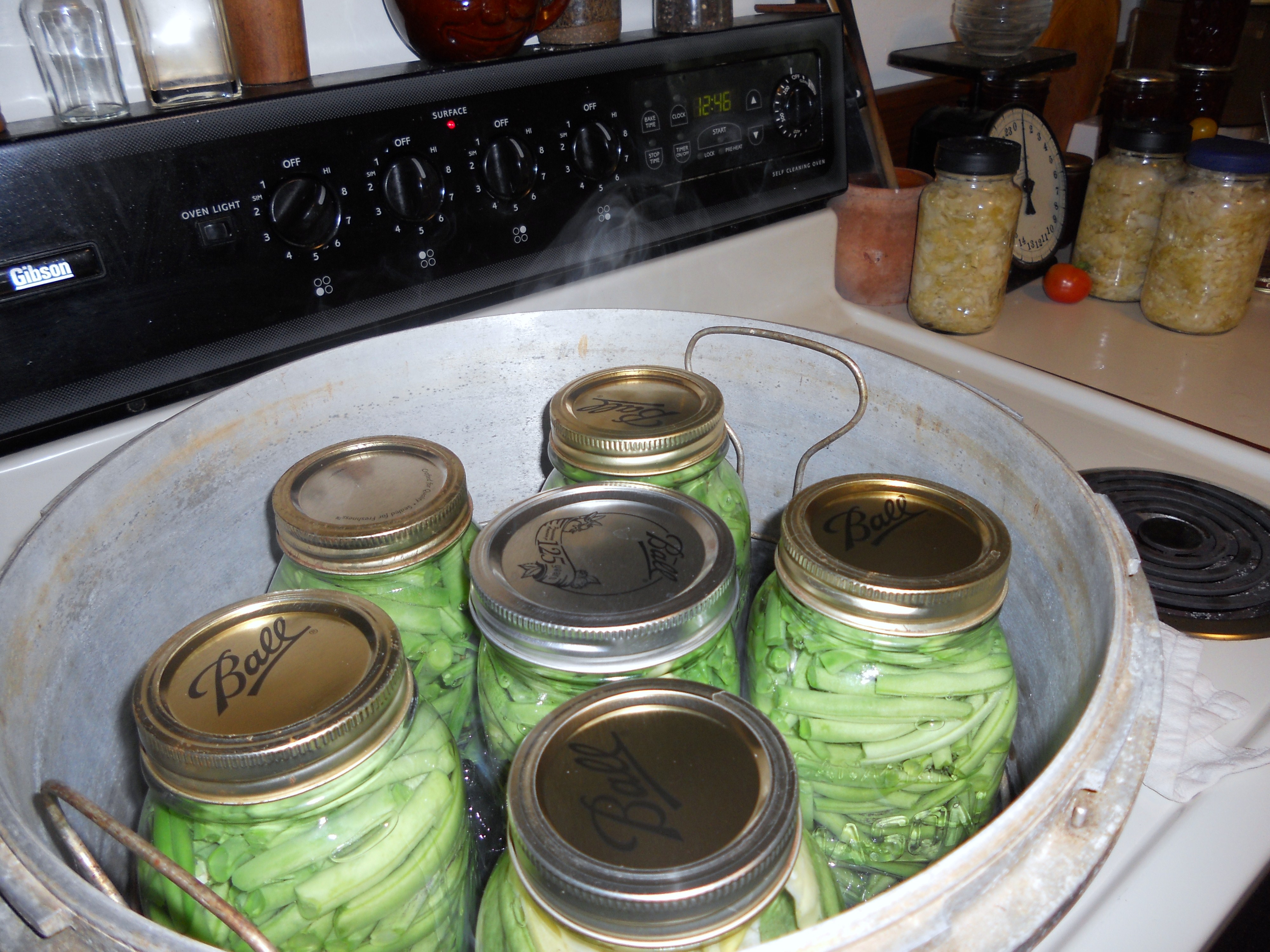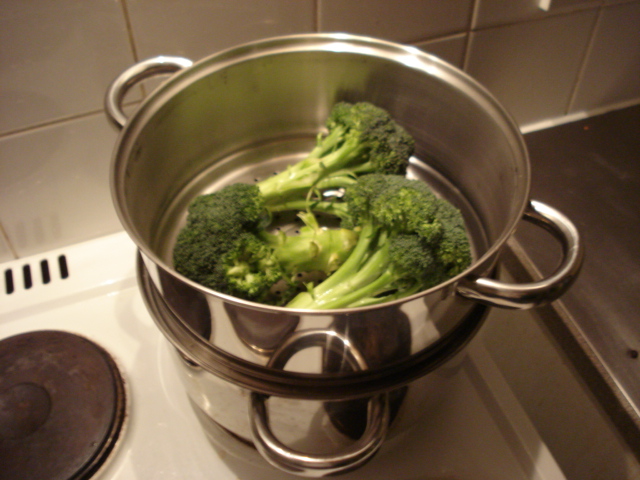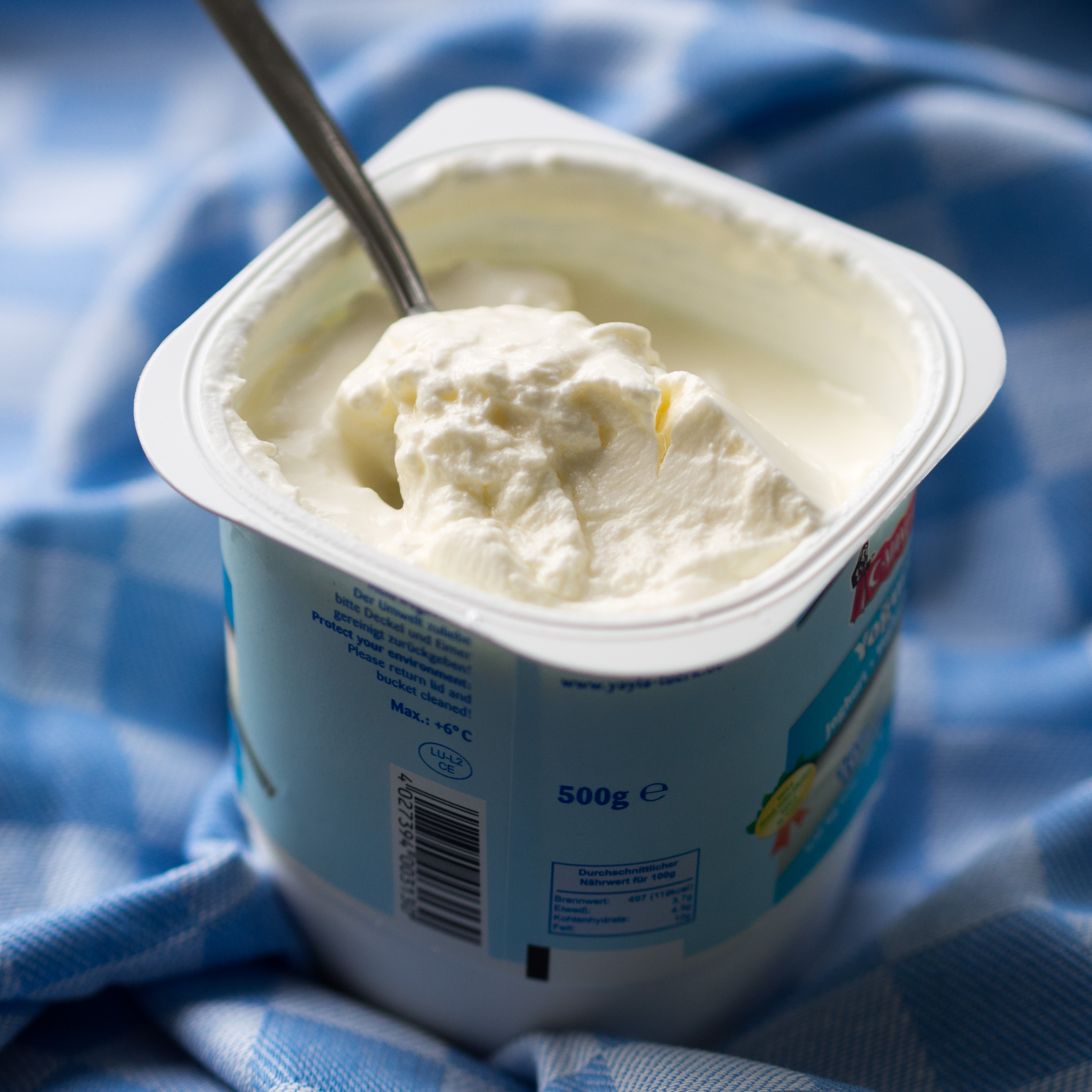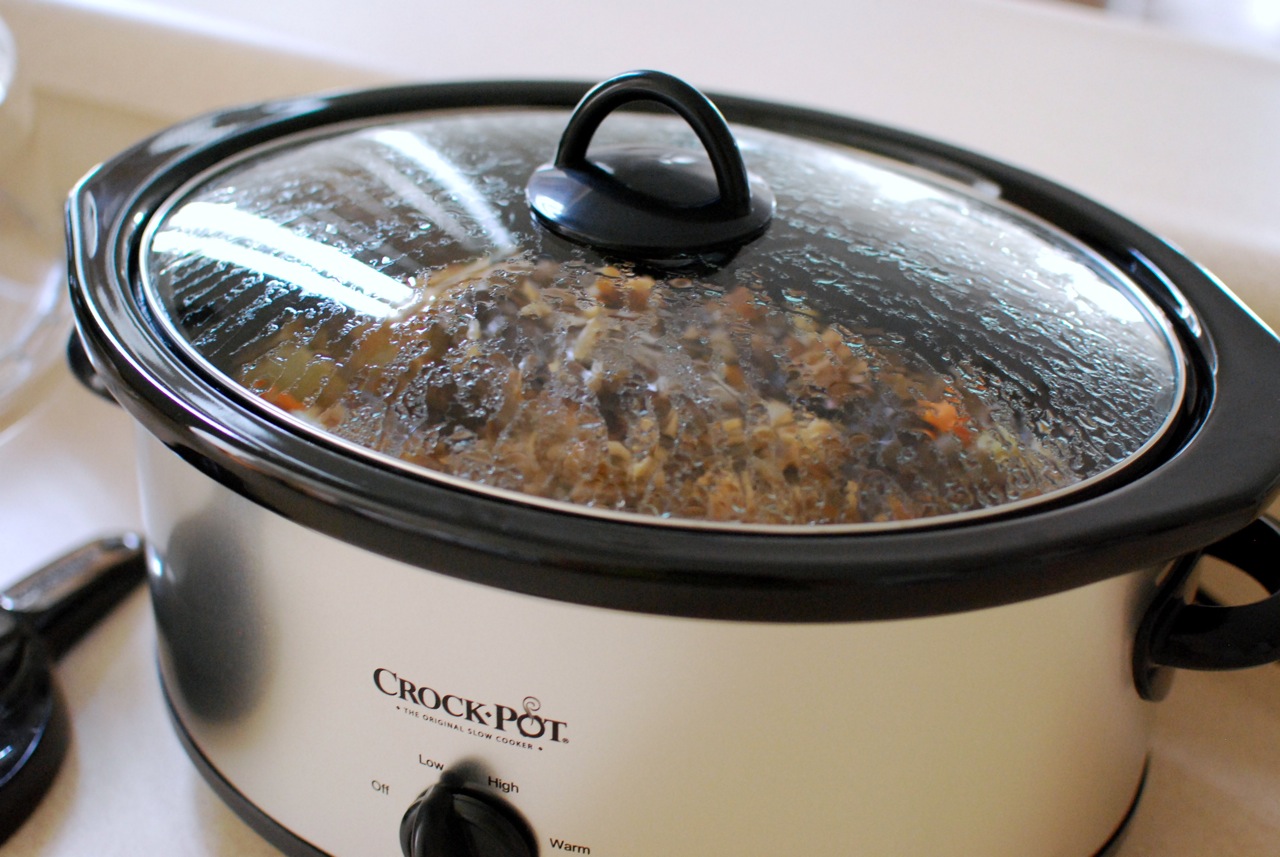|
Pressure Cooker
A pressure cooker is a sealed vessel for cooking food with the use of high pressure steam and water or a water-based liquid, a process called pressure cooking. The high pressure limits boiling and creates higher temperatures not possible at lower pressures, allowing food to be cooked faster than at normal pressure. The prototype of the modern pressure cooker was the steam digester invented in the seventeenth century by the physicist Denis Papin. It works by expelling air from the vessel and trapping steam produced from the boiling liquid. This is used to raise the internal pressure up to one atmosphere above ambient and gives higher cooking temperatures between . Together with high thermal heat transfer from steam it permits cooking in between a half and a quarter the time of conventional boiling as well as saving considerable energy. Almost any food that can be cooked in steam or water-based liquids can be cooked in a pressure cooker. Modern pressure cookers have many safety f ... [...More Info...] [...Related Items...] OR: [Wikipedia] [Google] [Baidu] |
National Presto Industries
National Presto Industries is a company founded in 1905 in Eau Claire, Wisconsin. Originally called "Northwestern Steel and Iron Works" the company changed its name to the "National Pressure Cooker Company" in 1929 and then National Presto Industries, Inc. 1953. The company originally produced pressure canners for commercial, and later home, use. Beginning in 1939, the company introduced small home-use cooking appliances. The company was admitted to the New York Stock Exchange The New York Stock Exchange (NYSE, nicknamed "The Big Board") is an American stock exchange in the Financial District, Manhattan, Financial District of Lower Manhattan in New York City. It is the List of stock exchanges, largest stock excha ... on March 3, 1969. Background The company is divided into three business segments (divisions), Housewares/Small Appliance; Defense; and Safety. The Housewares/Small Appliance segment "designs and sells small household appliances", including pressure cookers, ... [...More Info...] [...Related Items...] OR: [Wikipedia] [Google] [Baidu] |
Stockpot
Stock pot is a generic name for a cooking pot used worldwide. A stock pot is traditionally used to make stock or broth, which can be the basis for cooking more complex recipes. Description A stock pot is a large, often deep pot that is used to prepare soups or simmer liquids. It is a wide pot with a flat bottom, straight sides, a wide opening to the full diameter of the pot, two handles on the sides, and a lid with a handle on top. The most common materials for manufacturing stock pots are stainless steel, aluminum, copper, and enamel (Vitreous enamel) on metal. More expensive types of stock pots have bottoms that are made of layers of different metals, to enhance heat conductivity. Uses On the first page of his publication ''“A Guide to Modern Cookery”'' (1907), French Chef Auguste Escoffier states that "stocks are the keynote of culinary structure" in French cuisine. A stock or broth is made by simmering water for several hours, to continuously cook added foods such as ... [...More Info...] [...Related Items...] OR: [Wikipedia] [Google] [Baidu] |
Home Canning
Home canning or bottling, also known colloquially as putting up or processing, is the process of Food preservation, preserving foods, in particular, fruits, vegetables, and meats, by packing them into glass jars and then heating the jars to create a vacuum seal and kill the organisms that would create spoilage. Though ceramic and glass containers had been used for storage for thousands of years, the technique of canning, which involves applying heat for preservation, was only invented in the first decade of the 1800s. Before that, food storage containers were used for non-perishable foods, or with preservatives such as salt, sugar, vinegar, or alcohol. Techniques The two methods of home canning are ''water bath canning'' and ''pressure canning''. Both involve placing the food inside special glass canning jars and then heating the contents. Home canning glass jars are Annealing (glass), annealed during manufacture to increase their ability to withstand temperature changes and me ... [...More Info...] [...Related Items...] OR: [Wikipedia] [Google] [Baidu] |
Sous Vide
Sous vide (; French for 'under vacuum'), also known as low-temperature, long-time (LTLT) cooking, is a method of cooking invented by the French chef Georges Pralus in 1974, in which food is placed in a plastic pouch or a glass jar and cooked in a water bath for longer than usual cooking times (usually one to seven hours, and more than three days in some cases) at a precisely regulated temperature. The temperature is much lower than usually used for cooking, typically around for red meat, for poultry, and higher for vegetables. The intent is to cook the item evenly, ensuring that the inside is properly cooked without overcooking the outside, and to retain moisture. History Sous vide cooking is characterized by low-temperature cooking, a longer period of cooking than conventional cooking, a container (such as a plastic bag) that separates the food from its heating environment, and pressurized enclosure using full or partial vacuum. Low-temperature cooking was first described ... [...More Info...] [...Related Items...] OR: [Wikipedia] [Google] [Baidu] |
Food Steamer
A food steamer or steam cooker is a Small appliance, small kitchen appliance used to cook or prepare various foods with steam heat by means of holding the food in a closed vessel reducing steam escape. This manner of cooking is called steaming. History Food steamers have been used for millennia. In Ancient China, pottery steamers were used to cook food. Archaeological excavations have uncovered pottery cooking vessels known as ''yan'' steamers: a ''yan'' was composed of two vessels, a ''zeng'' with a perforated floor surmounted on a pot or caldron with a tripod base and a top cover. The earliest ''yan'' steamer dating from about 5000 BC was unearthed in the Banpo site. In the lower Yangzi River, ''zeng'' pots first appeared in the Hemudu culture (5000–4500 BC) and Liangzhu culture (3200–2000 BC) and were used to steam rice; ''yan'' steamers were also unearthed in several Liangzhu sites, including 3 found at the Chuodun and Luodun sites in southern Jiangsu. In the Longsha ... [...More Info...] [...Related Items...] OR: [Wikipedia] [Google] [Baidu] |
Yogurt
Yogurt (; , from , ; also spelled yoghurt, yogourt or yoghourt) is a food produced by bacterial Fermentation (food), fermentation of milk. Fermentation of sugars in the milk by these bacteria produces lactic acid, which acts on milk protein to give yogurt its texture (food), texture and characteristic tart flavor. Cow's milk is most commonly used to make yogurt. Milk from water buffalo, goats, sheep, ewes, mares, camels, and yaks is also used to produce yogurt. The milk used may be Milk#Creaming and homogenization, homogenized or not. It may be pasteurized or raw milk, raw. Each type of milk produces substantially different results. Yogurt is produced using a culture of Lactobacillus delbrueckii subsp. bulgaricus, ''Lactobacillus delbrueckii'' subsp. ''bulgaricus'' and ''Streptococcus thermophilus'' bacteria. Other Lactobacillus, lactobacilli and Bifidobacterium, bifidobacteria are sometimes added during or after culturing yogurt. Some countries require yogurt to contain a spec ... [...More Info...] [...Related Items...] OR: [Wikipedia] [Google] [Baidu] |
Rice Cooker
A rice cooker or rice steamer is an automated kitchen appliance designed to boil or steam rice. It consists of a heat source, a cooking bowl, and a thermostat. The thermostat measures the temperature of the cooking bowl and controls the heat. Complex, high-tech rice cookers may have more sensors and other components, and may be multipurpose. The term ''rice cooker'' formerly applied to non-automated dedicated rice-cooking utensils, which have an ancient history (a ceramic rice steamer dated to 1250 BC is on display in the British Museum). It now applies mostly to automated cookers. Electric rice cookers were developed in Japan, where they are known as ''jp:炊飯器, suihanki'' (, literally, "boil-rice-device"). History The NJ-N1, developed by Mitsubishi Electric in 1923, was the first electric rice cooker, a direct ancestor of today's automatic electric rice cookers. At that time, electricity was not widely used in ordinary households; it was for use on ships. It was a simple ... [...More Info...] [...Related Items...] OR: [Wikipedia] [Google] [Baidu] |
Slow Cooker
A slow cooker, (also known as a crock-pot after a trademark owned by Sunbeam Products, but sometimes used generically in the English-speaking world), is a countertop electrical cooking appliance used to simmer at a lower temperature than other cooking methods, such as baking, boiling, and frying. This facilitates unattended cooking for many hours of dishes that would otherwise be boiled: pot roast, soups, stews and other dishes (including beverages, desserts and dips). History Slow cookers achieved popularity in the United States during the 1940s, when many women began to work outside the home. They could start dinner cooking in the morning before going to work and finish preparing the meal in the evening when they came home. The Naxon Utilities Corporation of Chicago, under the leadership of electrical engineer Irving Naxon (born Irving Nachumsohn), developed the Naxon Beanery All-Purpose Cooker for the purposes of cooking a bean meal. Naxon was inspired by a story rel ... [...More Info...] [...Related Items...] OR: [Wikipedia] [Google] [Baidu] |
Browning (partial Cooking)
Browning is the process of partially cooking the surface of meat to develop its flavor through various browning (chemical process), browning reactions and give it a more attractive color. It is a common first step in cooking braising, braised meats and stews. Techniques Browning is typically done using a frying pan, which is generally preheated to a medium high temperature to avoid sticking. In order to brown properly, the meat should first have surface moisture removed. This is usually achieved by patting the meat with a paper towel to remove water. Ground meat is frequently browned before adding other ingredients, as when it is added to casseroles or prepackaged food products like Hamburger Helper, where the final cooking temperature will not be high enough to initiate the Maillard reaction. It is stirred during cooking to break it up and to promote even browning. Onions and seasonings are sometimes added. When the meat has reached the desired degree of brownness, the pan is ... [...More Info...] [...Related Items...] OR: [Wikipedia] [Google] [Baidu] |
Multicooker
A multicooker (also written "multi cooker") is an electric kitchen appliance for automated cooking using a timer. A typical multicooker is able to boil, simmer, bake, fry, deep fry, grill roast, stew, steam and brown food. The device is operated by placing ingredients inside, selecting the corresponding program, and leaving the multicooker to cook according to the program, typically without any need for further user intervention. Some multicookers have an adjustable thermostat. In addition to cooking programs, a multicooker may have functions to keep food warm, reheat it or to cook it at a later time. Some multicookers can also function as slow cookers. History In the 1920s in the United Kingdom, basic "multicookers" were marketed to consumers as an appliance that would save on gas consumption, to save money on gas bills. Simple electric rice cookers were developed in Japan in the 1950s. Over time more functions were added to cook other types of grains and soups, and t ... [...More Info...] [...Related Items...] OR: [Wikipedia] [Google] [Baidu] |







